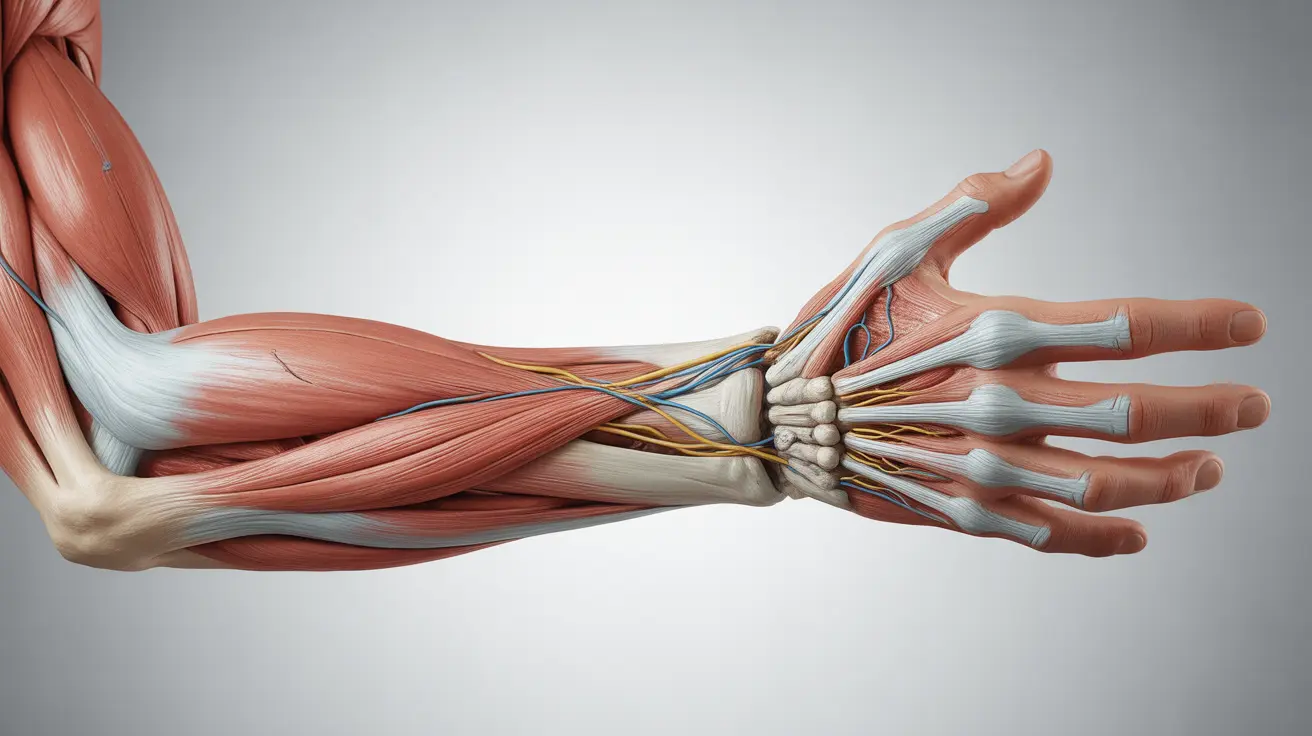Volkmann contracture is a serious medical condition that can develop following severe injuries to the forearm or elbow. This permanent deformity affects the muscles and nerves of the forearm, potentially leading to significant impairment of hand and wrist function if not promptly recognized and treated.
Early recognition and immediate medical intervention are crucial for preventing the progression of this condition. Understanding its causes, symptoms, and treatment options can help both medical professionals and patients achieve better outcomes.
Understanding Volkmann Contracture and Its Development
Volkmann contracture typically develops as a severe complication of compartment syndrome, a condition where pressure builds up within a confined muscle space. This pressure restricts blood flow to the affected tissues, potentially leading to permanent muscle and nerve damage if left untreated.
The condition most commonly occurs following:
- Fractures of the forearm or elbow
- Crush injuries
- Tight bandages or casts
- Severe soft tissue injuries
- Burns affecting the forearm
Early Warning Signs and Symptoms
Recognizing the early signs of Volkmann contracture is critical for preventing permanent damage. Key symptoms include:
- Severe pain in the forearm that seems disproportionate to the injury
- Tight, painful feeling in the affected muscle compartment
- Numbness or tingling in the hand and fingers
- Weakness in finger and wrist movements
- Pale or cool skin in the affected area
- Pain when stretching the fingers
Diagnostic Process and Medical Evaluation
Healthcare providers use several methods to diagnose Volkmann contracture and assess its severity:
Physical Examination
Doctors will evaluate muscle strength, sensation, and blood circulation in the affected limb. They will also assess the range of motion in the wrist and fingers.
Diagnostic Tests
Common diagnostic procedures may include:
- Compartment pressure measurements
- MRI scans to assess muscle damage
- Nerve conduction studies
- X-rays to check for associated fractures
Treatment Approaches
Treatment options vary depending on the severity and stage of the condition:
Conservative Treatment
For mild cases caught early, treatment may include:
- Immediate removal of restrictive bandages or casts
- Elevation of the affected limb
- Physical therapy
- Pain management
Surgical Intervention
More severe cases often require surgical treatment:
- Fasciotomy to relieve compartment pressure
- Tendon transfers or releases
- Nerve decompression procedures
- Reconstructive surgery in advanced cases
Prevention Strategies
Preventing Volkmann contracture focuses on proper management of arm injuries and early recognition of compartment syndrome:
- Regular monitoring of casts and bandages
- Immediate reporting of increasing pain or numbness
- Proper positioning of injured limbs
- Regular circulation checks
- Prompt medical attention for severe arm injuries
Frequently Asked Questions
What causes Volkmann contracture and how is it related to compartment syndrome? Volkmann contracture is primarily caused by untreated compartment syndrome, where increased pressure within muscle compartments restricts blood flow, leading to tissue death and permanent muscle contracture.
What are the early signs and symptoms of Volkmann contracture to watch for after an arm injury? Early signs include severe pain that seems excessive for the injury, numbness or tingling in the fingers, weakness in hand movements, and pain when stretching the fingers. The affected area may also feel tight and appear pale or cool.
How is Volkmann contracture diagnosed and what tests might a doctor use? Doctors diagnose the condition through physical examination, compartment pressure measurements, MRI scans, nerve conduction studies, and X-rays to assess the extent of injury and damage.
What treatment options are available for mild, moderate, and severe Volkmann contracture? Treatment ranges from conservative approaches like immediate cast removal and physical therapy for mild cases to surgical interventions such as fasciotomy, tendon transfers, and reconstructive surgery for more severe cases.
How can Volkmann contracture be prevented after trauma to the forearm or elbow? Prevention involves careful monitoring of injuries, proper cast application, regular circulation checks, immediate reporting of increasing pain or numbness, and prompt medical attention for severe arm injuries.




